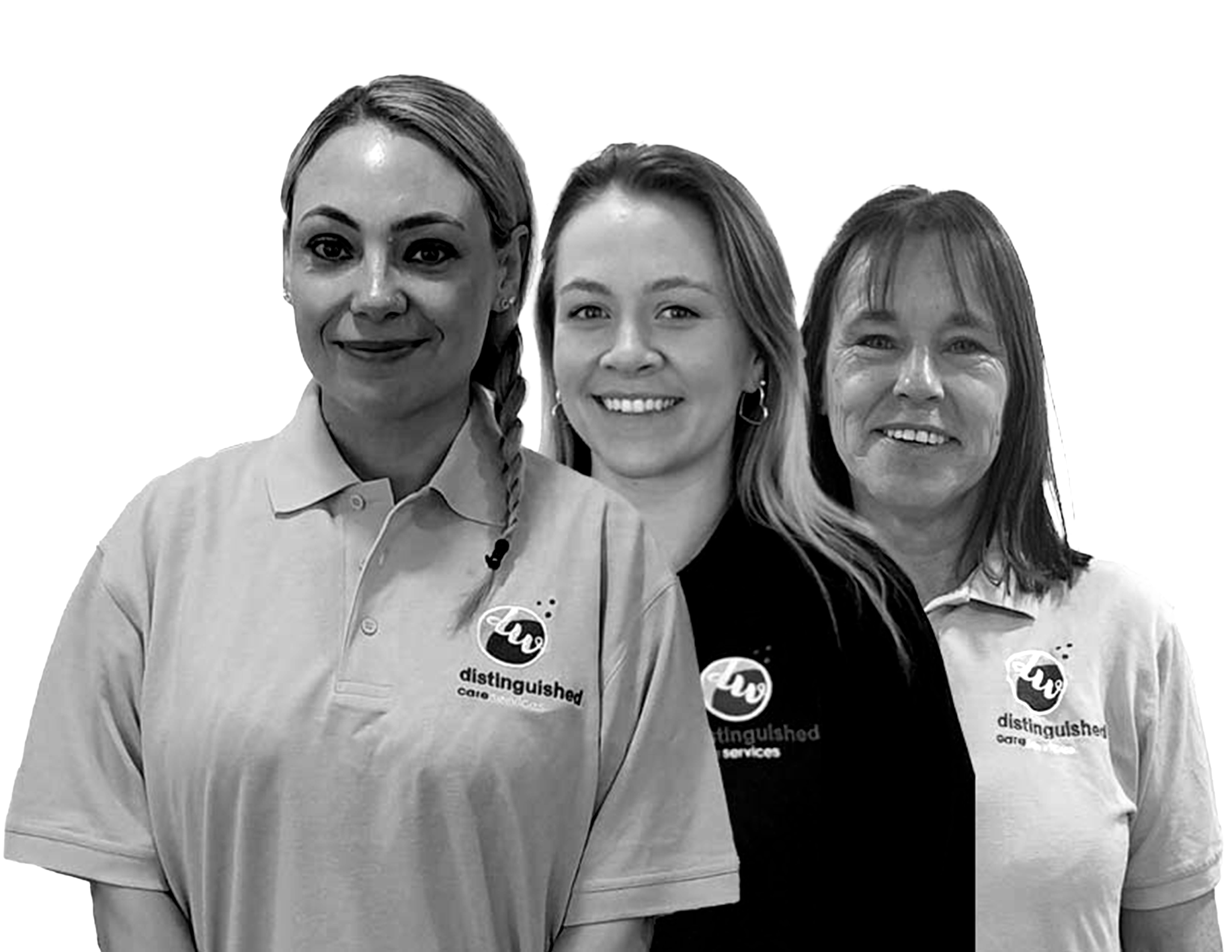4 Important Reasons Why You Should Stretch in Later Years
We believe that everyone is aware of the significance of engaging in regular resistance (weight) training and cardiorespiratory exercise throughout their lifetime. That doing so will lower our risk of developing cardiovascular disease, malignancies based on hormones, some musculoskeletal diseases, and provide us more energy and the capacity to go and do.
There are also undoubtedly "other" related psychological and emotional advantages. Simply said, the human body requires exercise to function correctly.
However, if those over 60 actually need to stretch, this question comes up frequently. Do I need to stretch all of my major muscle groups, or how should I stretch now that I'm older? are common questions they ask.
The Principles of Stretching
To properly address the reasons for stretching throughout the entire lifespan, we need to understand some important related stretching principles.
Static Stretching
Stretching can be done in a variety of ways and for a variety of reasons. Static stretching is used to lengthen the muscle over time (called elongation) for enhanced flexibility and joint range of motion. It involves slowly moving into the stretch position and holding the position for 10 to 30 seconds.
Dynamic Stretching
In order to get the body muscles ready for more action, dynamic stretching—in which you move your limbs back and forth rhythmically over the range of motion—is preferable. In order to improve athletic performance and lower the chance of injury, this kind of stretching is suitable for pre-game warm-up.
However, dynamic stretching can also be used as a good “warm up” for static stretching because the movement of the limbs generates heat as a byproduct of muscle contraction, warming the muscles, making them more pliable and ready to be elongated.
What to Stretch
You need not stretch all major muscle groups, only those that, if they lose flexibility, place you at risk for certain pathological musculoskeletal conditions or are associated with increased pain.
Four Important Reasons Why We Really Should Stretch in Our Later Years
To Maintain Mobility
Our ability to move less as we age is the main factor in why we lose our flexibility and subsequently our mobility. Because our body's capacity to produce ATP (the energy currency) declines with age, older people tyre more easily.
This all too frequently results in decreased mobility and activity, and we greatly restrict the range of motion in our limbs. It is not the result of age-related physiological changes in our muscles.
More mobility enables us to participate in a larger range of activities. To a large extent, as long as we preserve our mobility, the activities we have always enjoyed should still be accessible to us.
To Reduce Joint and Muscle/Fascial Pain
The muscles that cross over and operate on our joints allow us to move them. These muscles cross the joints on all sides, and the strength of the muscles on the opposing sides of the joint must be properly balanced. The agonist-antagonist muscle strength ratio is used to describe this.
The muscles cooperate to preserve the joint's stability and the typical, appropriately balanced forces that exist on the articulating surfaces of the bones that make up the joint when this ideal ratio is present.
Loss of this ratio results in aberrant pressures being applied to particular cartilage-covered joint surfaces, which causes pain. Additionally, it may trigger or hasten the cartilage degradation that leads to the onset or worsening of arthritis.
Further, the fascia that surrounds muscles or are part of a joint’s soft tissue structure, become shortened. Consequently, if a person with this condition does move through a greater range of motion than that which they have become accustomed, this stretches the fascia and causes pain. And, of course, the pain causes most folks to avoid that movement, and the cycle continues.
Reduce the Risk of Associated Musculoskeletal Issues
Let's examine a few of the most prevalent musculoskeletal conditions and potential complications that people may have as a result of decreasing flexibility in particular muscle groups.
A Kyphotic Posture with Associated Rounded Shoulders and a Forward Head
The likelihood of shoulder rotator cuff impingement and tendinitis, both of which are unpleasant and may significantly impair use, increases in this poor posture position. Pectorals, scapular elevators, and suboccipital muscle group are tight.
A Lordotic Posture with Anterior Pelvic Tilt and Increased Low Back Curvature
This poor posture position increases the risk of developing low back pain. Tight muscles: hip flexors, low back extensors.
Tight Hamstring Muscles
Because these muscles if tight, reduce the amount of hip flexion that can occur, and if a person is bending a lot at the hip, then more than is normal range of motion must occur at the low back instead at the hip and can compromise normal movement.
Tight Calves
When we sleep, our ankles naturally move into a plantarflexed position, or the foot drops downward. This increases the likelihood that the calf muscles become tight, and this is one of the major causes of why a person may develop plantar fasciitis.
To Reduce the Risk of Falls
If our joints become restricted in their ability to move freely through a normal or good range of motion, then our ability to react to an event that produces a loss of balance could be impaired, and a fall might be the consequence. To us in the 60+ age category, we are especially at risk for fracture to our femur bone (hip fracture) and the consequences of this traumatic injury.
A Few Concluding Comments Specific to Stretching
- Always perform a general warm-up prior to stretching, especially of the muscles you plan to stretch. Contracting those muscles as part of the warm-up (see information on dynamic stretching in the early part of this article) will produce heat and better prepare them to be stretched.
- Stretch a muscle or muscle group only to the point of discomfort, not pain.
- Hold each new stretch position (gradually moving further through the range of motion with each succeeding set) for between 10 and 30 seconds.
- Try to stretch at least two non-consecutive days per week, with three or more days of stretching helping you arrive at your range of motion goal sooner.























